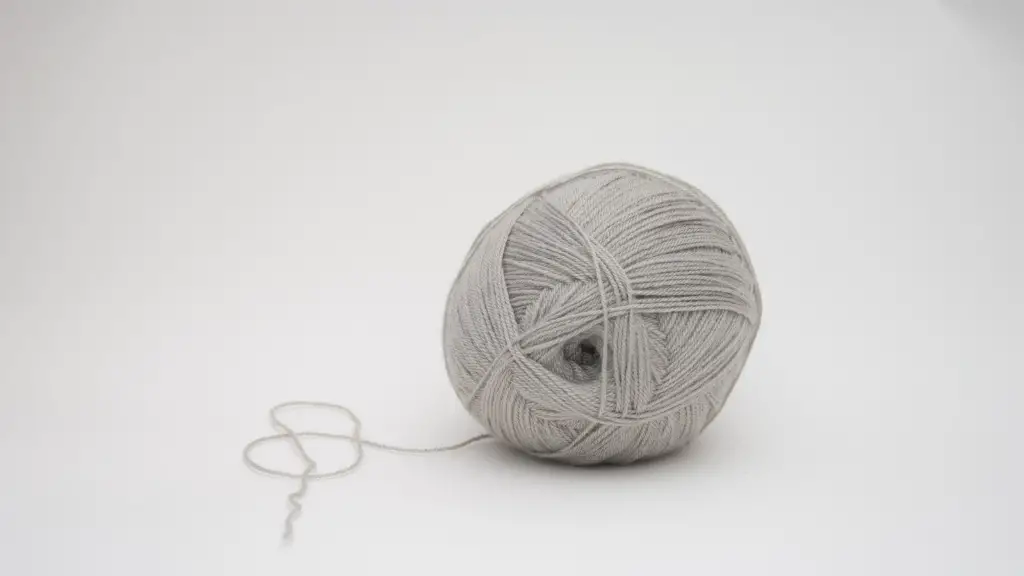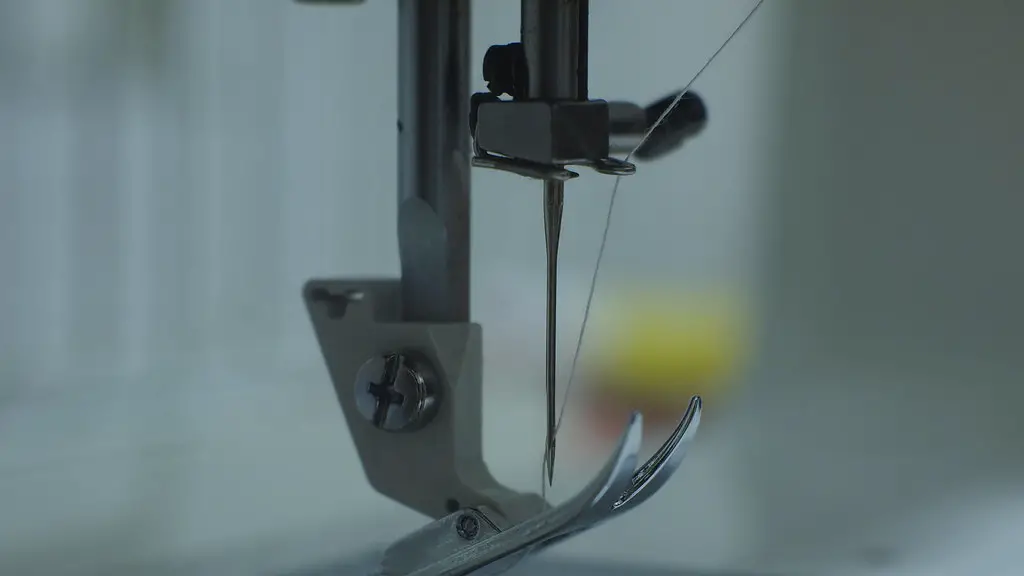Introduction to Patching Jeans Knees with a Sewing Machine
In recent seasons, mending clothes has become a trend in the fashion world. Whether it’s providing an aged look to a vintage dress or fixing clothes with personal style, patching clothes can be an fun and creative way to show your own style. In this article, we’ll be focusing on patching jeans with a sewing machine.
Jeans are one of the most hard-wearing fabrics, but thinning of the fabric and holes in knees can be seen commonly over time. So, what better to way fix them than patch them? Sewing a patch to jeans knees is a budget-friendly, DIY project that you can do in an hour or two and make your jeans evergreen.
Required Materials
The key to successful and attractive jeans patching lies in the materials you are going to use for the patch. All the following items can be found in any local craft store or online:
- Iron-on denim fabric
- A pair of jeans
- Fabric scissors
- Fabric / iron-on glue
- Embroidery hoops
- Sewing machine needles
- Embroidery thread
- Seam ripper
- Pins
- Embroidery stabilizer
- Sewing machine/serger
It’s always better to buy more fabric than what you think you will need, because it’s much easier to make any adjustments when you have extra fabric than to scrimp and make do with a patch that’s too small.
Preparation
Now that you have all the materials, you can start preparing the jeans for patching! Start by laying the jeans flat, and inspect for loose threads, any garment care labels and other care instructions. Mark the position of the knee with a pin, then turn the jeans inside out so that you can access the parts that need mending.
Using a seam ripper, gently cut the loose threads. Then carefully remove the extra fabric from the marked place. If the fabric is frayed, apply some fabric/iron-on glue to the area to make sure that the patch connects securely to the jeans.
Cut and Place the Patch
Place the iron-on denim fabric on the inside of your jeans, cutting the fabric to the size that you need. Take your iron and iron the patch onto the jeans, making sure to press firmly. Then place the patch in the embroidery hoop, making sure to check that it’s secure.
Sew the Patch
Thread your sewing machine with the right color of thread, and switch the machine on. Choose a straight stitch on the machine and begin to sew the patch. Make sure to use a slow and steady pace, as this will ensure that your patch is secured firmly. To make sure that the patch is well-secured, you can use a few more stitches on the edges.
Finishing Touches
Once the patch is secured, remove the fabric from the embroidery hoop and place it back on the jeans. Use a hot iron to press it down once again and make sure that the patch is secured. Finally, remove any lint or threads from the patched area and your jeans are good to go!
Alternative Design
If you like sewing, you can use your own creativity to add some extra design to your patched area. For example, you can use traditional techniques such as sail patches, or modern techniques such as zig zag stitching, embroidered elements, or even the addition of beads, studs or sequins. The possibilities are endless!
Conclusion
Patching jeans can be a fun and creative way to restore your favorite denim garments. All you need is some spare fabric, sewing supplies, and a bit of time. With the right materials and a bit of patience, you can easily patch your jeans and give them a unique look. And if you put your creative skills to use, you can make something truly stunning.
Fabric Choices
As mentioned, choosing the right fabric for your patch is essential for getting good looking, durable patchwork. Among the most commonly used fabrics are synthetic material, cotton, rayon, velvet and various mixtures of all four.
Synthetic material such as polyester or nylon offers good durability but is not usually the best choice for patching jeans due to its “plastic-like” look. Cotton, on the other hand, is one of the best and most widely used fabrics for patching jeans. As it’s light, breathable, and comfortable, it’s perfect for creating patches on jeans.
Velvet is also a great choice for patching jeans because it offers a luxurious, soft touch. It makes creating intricate patterns and designs easier, while also offering good durability. As with any fabric, it’s important to always test your patches with a few stitches before you begin to make sure that everything looks perfect.
Size of the Patch
When patching jeans, it’s important to consider the size of the patch. Generally, the bigger the hole or thinning in your jeans, the bigger the patch should be. It’s also important to make sure that the patch is not too big, as this can create a bulky, unattractive look.
If you want to make a patch that’s small and discreet, make sure that it’s big enough to properly cover the area. And if the patch is going to be visible, make sure that it’s proportional to the jeans and the design you’ve chosen—generally, it should have some extra width so that it looks balanced.
Designing The Patch
Designing the patch is where you can let your creative juices flow! The design possibilities for jeans patches are practically endless. There are a variety of shapes, colors and sizes to choose from, so you can go as minimal or as wild as you want. You can even personalize the design by adding logos, slogans, or any other text you desire.
In terms of color, you should always consider the color of the jeans as well as the colors of any other fabrics you might have used in the patch. Colors that are too close to one another can create a messy, unpleasant look, so be sure to choose colors that complement each other.
Patching Tips
When patching jeans, the best way to ensure that the fabric adheres to the jeans is to use an iron-on fabric with adhesive backing. This will ensure that the patch stays in place, even after many washes. Also, make sure to follow the instructions of the fabric that you’ve purchased, as each fabric’s instructions may differ slightly.
If you’re patching more than one hole, it’s a good idea to place them side by side. This will make the patch look cleaner and more aesthetically pleasing. Also, make sure to start and end the patch at the same place so that it looks neat and even.
Safety
It’s also important to pay attention to safety when patching jeans. Make sure that the area is well ventilated and that you are using the correct safety equipment such as a mask, gloves, and safety glasses. Always follow the instructions of the fabrics and tools you are using and never leave the iron unattended, as this can be a fire hazard.





